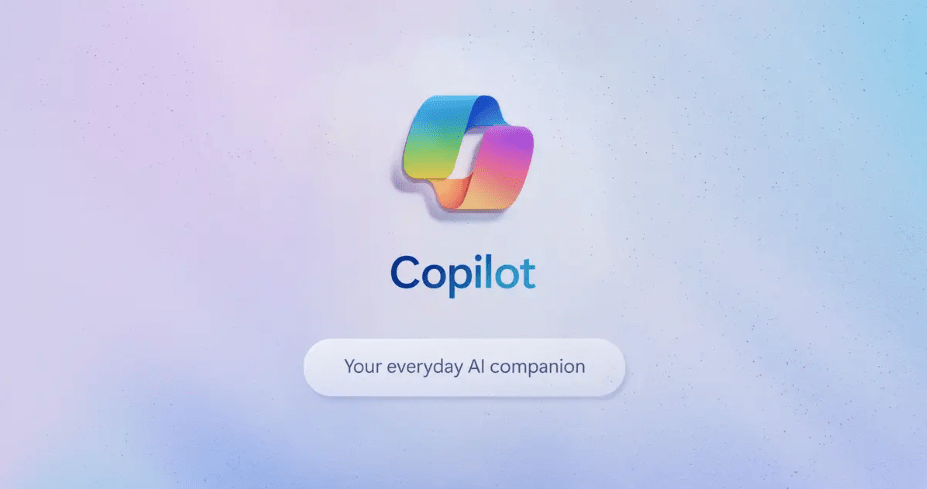Dropping ChatGPT into Windows, Office, and other Microsoft products seemed like a brilliant idea, but the move was poorly executed. It seemed brilliant because it caught Google, Apple, and others napping, and it made generative AI into a household name overnight. It was badly executed in that Microsoft neither assured ChatGPT’s quality, OpenAI’s leadership, nor user acceptance well, so it didn’t rise to the potential that it otherwise would have. It did help push Microsoft’s valuation ahead of Apple’s, making it internally successful even though I could argue that the effort is currently failing.
This week, let’s talk about why Microsoft’s move with Co-Pilot is underperforming potential (in spite of Microsoft’s interesting announcement of Copilot Pro) and what it needs to do to make it more successful. Let’s go back to the launch of Windows 95 when I was the launch analyst and why that has crippled Microsoft’s growth since.
Microsoft’s Fear of Marketing Goes Back to Windows 95
1994 was an amazing year. That was when Microsoft ramped up Windows 95 and fully funded marketing. During the months running up to the launch of Windows 95, the buzz surrounding the product was off the charts. While Windows 95 was inferior to Windows 11 in every way, the excitement for the product was at legendary levels and people lined up around the block to purchase the OS and put it on their PCs.
The launch event was also legendary, with a showcase of applications that were expected to change the world and the best execution from a company I’ve ever seen then or since, including Apple or IBM (both of which, after that, fielded superior marketing efforts.)
But even though Microsoft had generated massive demand, it was ill-prepared for it. Just prior to the release of the product, which had performed surprisingly well in one of the largest betas ever attempted, some last-minute changes were made that destabilized the product, the peripheral eco-system was in bad shape (especially with drivers), and the result of millions of people loading a now unstable product resulted in a failure rate that was unmanageable for Microsoft’s support capabilities.
But instead of ramping up support, increasing marketing to highlight the successes, and creating a counterwave to the bad publicity the product was generating, Microsoft instead blocked support, cut marketing spend, and seemed to huddle in offices, wishing the entire thing would just be over.
Marketing didn’t fail. Support and operations failed, yet at Microsoft the power resides not in marketing but in those other organizations, and even though this wasn’t marketing’s fault, marketing was visibly punished. Those who drove this amazing launch were driven out of the company over the succeeding years.
The lesson Microsoft seemed to learn was that marketing was bad, but that was political BS. The folks that should have been fired shifted the blame to those who should have been praised for an excellent job, and Microsoft’s marketing has been crippled ever since.
Windows 11 and Copilot
Windows 11, which is by any measure an excellent product, was underperforming in the market even before Copilot was added due to a lack of demand-generation marketing. Windows 10 was good enough, and good enough is often the enemy of migrations to new products. This is when marketing usually steps in to generate interest and demand for the new offering and get people to migrate. But Microsoft doesn’t fund strong marketing anymore. Even though it has hired some of the most capable marketing people in the industry, it doesn’t fund the effort, so these people tend to leave for firms or agencies where they are better respected and have stronger careers.
This means that until Microsoft overcomes its fear of strong marketing, it will underperform with products like Windows 11 and Copilot, which has an adverse impact on its customers who aren’t getting the benefits of AI right now, benefits that include up to and should eventually exceed 80% improvements in productivity when AI is properly deployed and used (according to Wharton).
Wrapping Up: Microsoft Needs a Marketing Intervention
Microsoft isn’t alone. Most of the vendors tied to Microsoft underfund marketing. Recall that in the 1990s, there were PC TV and radio shows where this technology was highlighted as the future and where rapid sales growth was the status quo. Marketing development dollars are now used to prop up profits and rarely used for actual marketing. Marketing has been devalued and underfunded, and then companies complain that revenue growth is pathetic, even in good times.
This has never been a “build it and they will come” market. Without strong marketing, the related firms, including Microsoft, will continue to underperform their potential until such time that they realize that marketing spending is just as critical to success as programming, manufacturing, support, and sales.
But we aren’t there yet, and I expect even ChatGPT would tell them that to be successful with Copilot, Microsoft needs to restore marketing to the strategic function it always should be.
- A Legacy of Defense: Why HP Stands Alone - December 19, 2025
- Plumbing the AI Revolution: Lenovo’s Strategic Pivot to Modernize the Enterprise Backbone - December 17, 2025
- The Breaking of the Monolith: How HPE and AMD Are Rewriting the AI Script - December 11, 2025




Pingback: Why I Think Copilot Means the End of Office as We Know It – Swisscryptodaily.ch
Pingback: Почему я думаю, что копилот означает конец офиса, как мы его знаем — My Blog